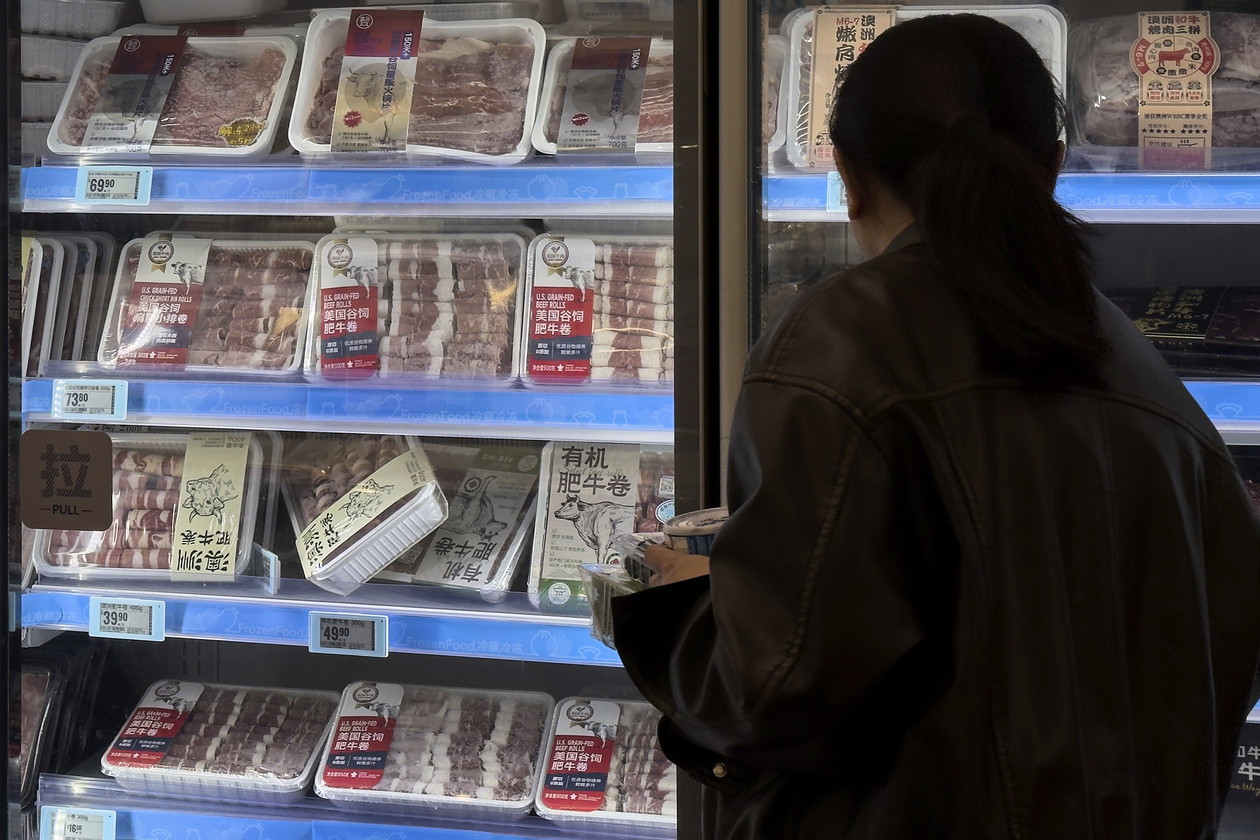China is demonstrating to the US government that trade war tools are more versatile than tariffs.
Beijing has been honing its covert effort to impede vital U.S. energy and agricultural exports for quite some time before President Trump launched a fresh trade war with China last week from the Rose Garden of the White House. Over the last four months, the Chinese government has used a web of bureaucratic red tape and complex third-party sales agreements to prevent or greatly reduce the direct export of key U.S. goods, such as beef, poultry, and liquefied natural gas.
According to experts, the so-called nontariff trade obstacles are more persistent than the rising tariffs that are impacting economies worldwide. Taken as a whole, the actions represent a tightening of restrictions that China has been working on since banning GM foods a decade ago. And by imposing limits that are impervious to potential ways around tariff barriers, they give Beijing more ammunition in the continuing U.S.-China trade battle by going after exports from Trump-friendly, deep-red states like Iowa and Nebraska.
“A tariff, you can just pay it and things just get more costly,” said Ben Lilliston of the Institute for Agriculture and Trade Policy, who is in charge of rural policies and climate change. “However, you will not be able to ship any products to that nation at this time.”
Wherever the Chinese government can impose the greatest burden on American exports, it will. In the past, it has denied the renewal of export permits to hundreds of meatpacking companies, claimed that certain American poultry products contain undesirable pharmaceuticals, and ceased importing natural gas from the United States. Some of the most fervent political supporters of the president are among those targeted in the business.
These strategies highlight the skill with which Beijing has responded to the escalating trade tensions between the US and China, as well as its long-term planning for a potential trade war. Just over twelve hours after a 50% increase brought tariffs on Chinese goods to above 104% on Wednesday, they were upped to 145%. Following Beijing’s initial tariff hike, which brought the total rate on U.S. imports to 84%, the second rise followed. U.S. import duties reached 125% on Friday as a result of Beijing’s counter-tariff retaliation.
Since joining the World Trade Organization in 2001, the Chinese government has refined its strategy. Soybeans were among the many commodities that Beijing swiftly resisted Western imports of, on dubious grounds claiming they were infested with insects or genetically modified organisms.
Beijing banned a significant portion of Canada’s canola oil seed imports in 2018 after the Canadian government jailed a senior official of Huawei, a Chinese telecom firm, on the grounds that they carried bugs. After Ottawa authorized Meng Wanzhou’s return home, the Chinese government finally withdrew the import embargo.
On top of that, it may be rather challenging to turn around a strategy based on the sometimes-valid allegation that U.S. goods are unhygienic.
